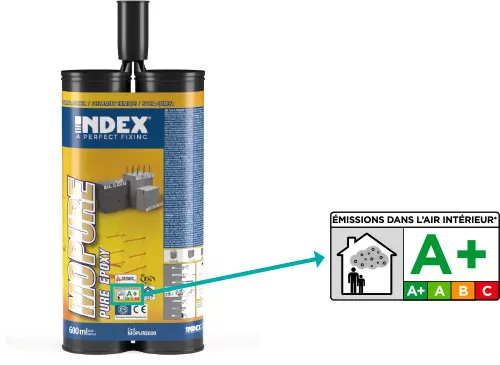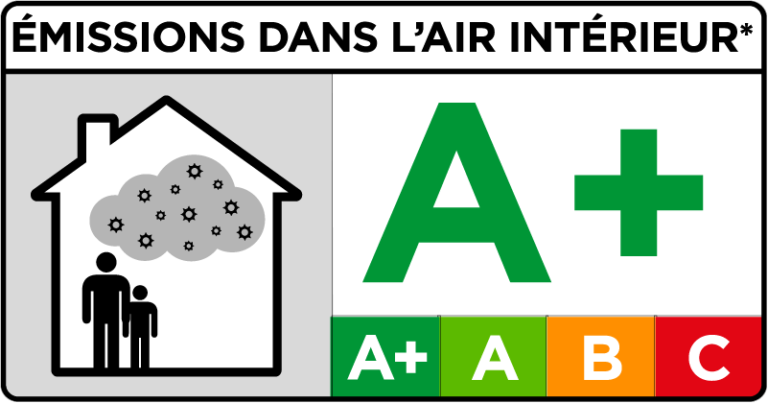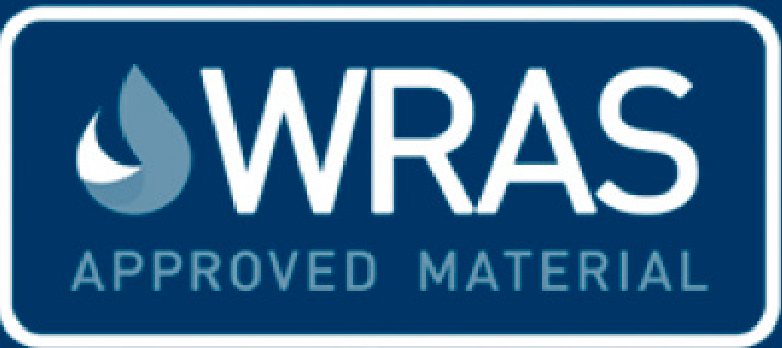ÉMISSIONS DANS LÁIR INTÉRIEUR:
French environmental label on indoor VOC emissions
Since 2013, under Decree No. 2011-321 of the Official Journal of France, all construction and decoration products sold on the French market must have an environmental label. The purpose of this measure is to promote the use of low-emissions construction materials, and the responsibility falls to the manufacturer of the marketed product. The only obligation is to place the defined label on the product or on its packaging.
The label provides simple and visible information about the volatile contaminants of the product once installed in an enclosed space. It identifies products using an emissions class (A+, A, B, C) based on the product’s performance in terms of VOC emissions (Volatile organic compounds) in the air inside a building as per the ISO 16000 standard. These emissions are measured 28 days after the product is installed, applied or incorporated into a room.
The four performance classes (A+, A, B, C) go from A+, including products that have practically no VOC emissions, to C, with products that have tolerable emissions values. Products with emissions significantly above these levels cannot be put into circulation in France.
Emissions limits values are established for each class referring to the accumulative value of total emissions, and harmful substances that must be evaluated are identified:
- Formaldehyde
- Acetaldehyde
- Toluene
- Tetrachloroethylene
- Xylene
- 1,2,4 – Dimethylbenzene
- 1,4 – Dichlorobenzene
- Ethylbenzene
- 2-Butoxyethanol
- Styrene
The products covered by this regulation are construction materials and/or materials intended for indoor use. This includes partitions, false ceilings, floor, wall or ceiling coverings, insulations, doors and windows, paints, varnishes, glues, adhesives, etc. provided they are intended for indoor use.
What are Volatile organic compounds?
Volatile Organic Compounds (VOC) are all compounds in a gaseous state or highly volatile at normal ambient temperature, allowing them to propagate in the environment, modify their chemical composition and generate direct or indirect impacts on the environment. They are one of the main contaminants and lead to the formation of ozone and the greenhouse effect.
These are some volatile organic components:
| Volatile organic compounds | Sources of the pollutant in the dwelling | |
|---|---|---|
| Materials and products | Uses | |
| Formaldehyde | Paints, glues, construction and decoration products containing certain glues Chemical reactivation between ozone and certain VOCs in the air | Tobacco smoke, candles, incense sticks, open fireplaces, gas stoves, paraffin stoves. Products for everyday use, cleaning and maintenance products, body hygiene and cosmetics. |
| Acetaldehyde | Wooden panels, plastic panels | Tobacco smoke, Photocopiers, laser printers |
| Toluene | Paints, varnishes, glues, carpets, electricity vapours | Cleaning products |
| Tetracholoroelhylene | Carpets, rugs | Dry cleaning |
| Xylene | Paints, varnishes, glues, insects | |
| 1,2,4 – Trlmethytbenzene | Varnishes, fuels | |
| 1,4 – Dlchlorobenzene | Antimites, sprays | Deodorants, toilet blocks |
| Ethylbenzene | Waxes, fuels | |
| 2 – Butoxyelhanol | Paints, varnishes, fungicides wood treatment | Herbicides |
| Styrene | Plastic materials, insulating materials, fuels | Tobacco smoke, incense, air fresheners |
How are the classes determined?
- Characterisation of product emissions in indoor air.
- Calculation of exposure concentrations.
- Integration of the result in μg / m3 into the class for each contaminant.
| Substances/Emissions class | A+ | A | B | D |
|---|---|---|---|---|
| Formaldehyde | < 10 | < 60 | < 120 | > 120 |
| Acetaldehyde | < 200 | < 300 | < 400 | > 400 |
| Toluene | < 300 | < 450 | < 600 | > 600 |
| Tetracholoroelhylene | < 250 | < 350 | < 500 | > 500 |
| Xylene | < 200 | < 300 | < 400 | > 400 |
| 1,2,4 – Trlmethytbenzene | < 1000 | < 1500 | < 2000 | > 2000 |
| 1,4 – Dtchlorobenzene | < 60 | < 90 | < 120 | > 120 |
| Ethytbenzene | < 750 | < 1000 | < 1500 | > 1500 |
| 2 – Butoxyelhanol | < 1000 | < 1500 | < 2000 | > 2000 |
| Styrene | < 250 | < 350 | < 500 | > 500 |
| TVOC (28 days) | < 1000 | < 1500 | < 2000 | > 2000 |
Example of a label
| Table of emission test results in μg/m3 3 | Emission class – Label | |||||||||||||||||||||||||||||||||||||||||||||||||||||||||||||||||
|---|---|---|---|---|---|---|---|---|---|---|---|---|---|---|---|---|---|---|---|---|---|---|---|---|---|---|---|---|---|---|---|---|---|---|---|---|---|---|---|---|---|---|---|---|---|---|---|---|---|---|---|---|---|---|---|---|---|---|---|---|---|---|---|---|---|---|
|
PRODUCT 1 |
|
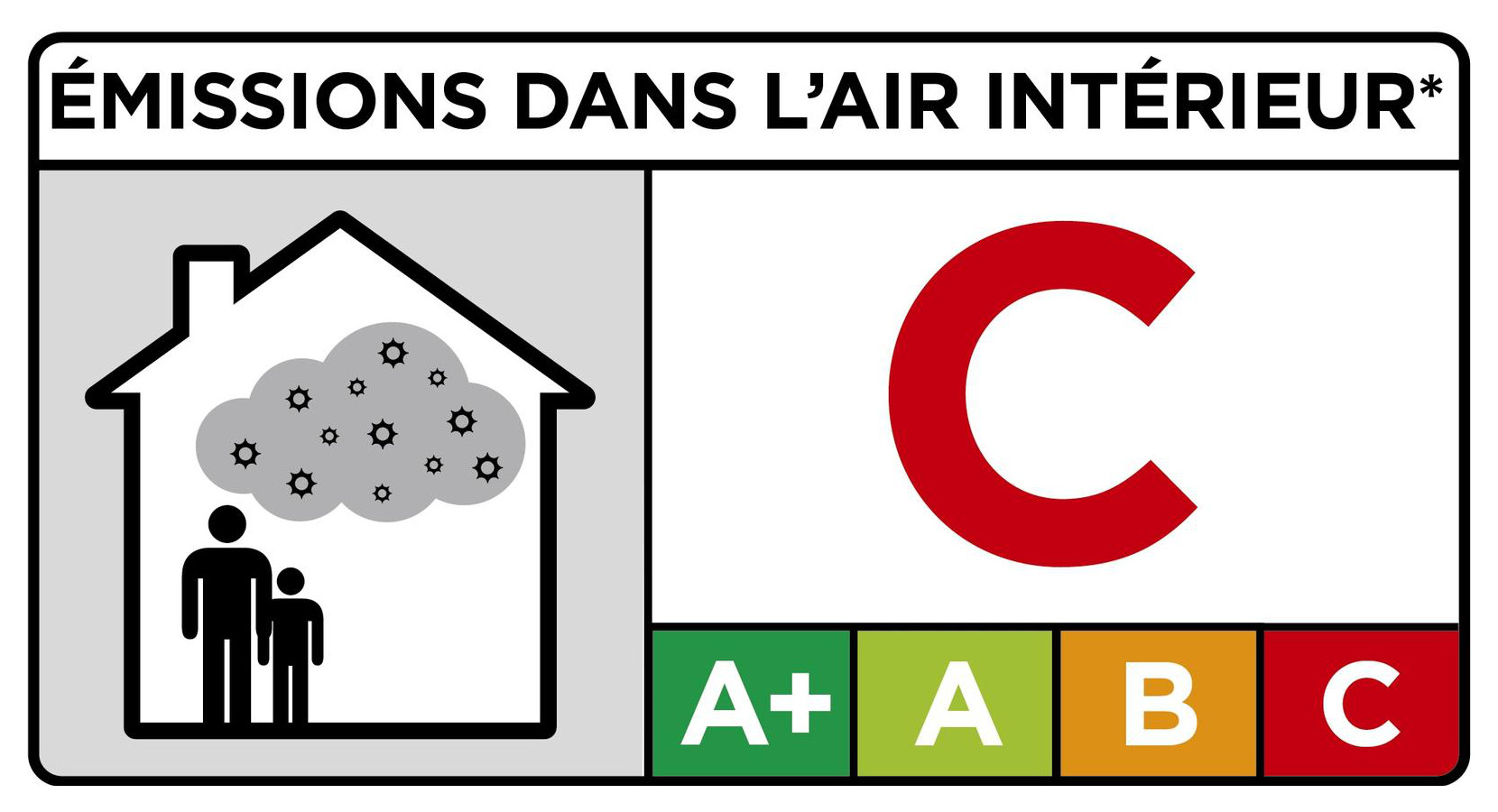
|
||||||||||||||||||||||||||||||||||||||||||||||||||||||||||||||||
|
PRODUCT 2 |
|
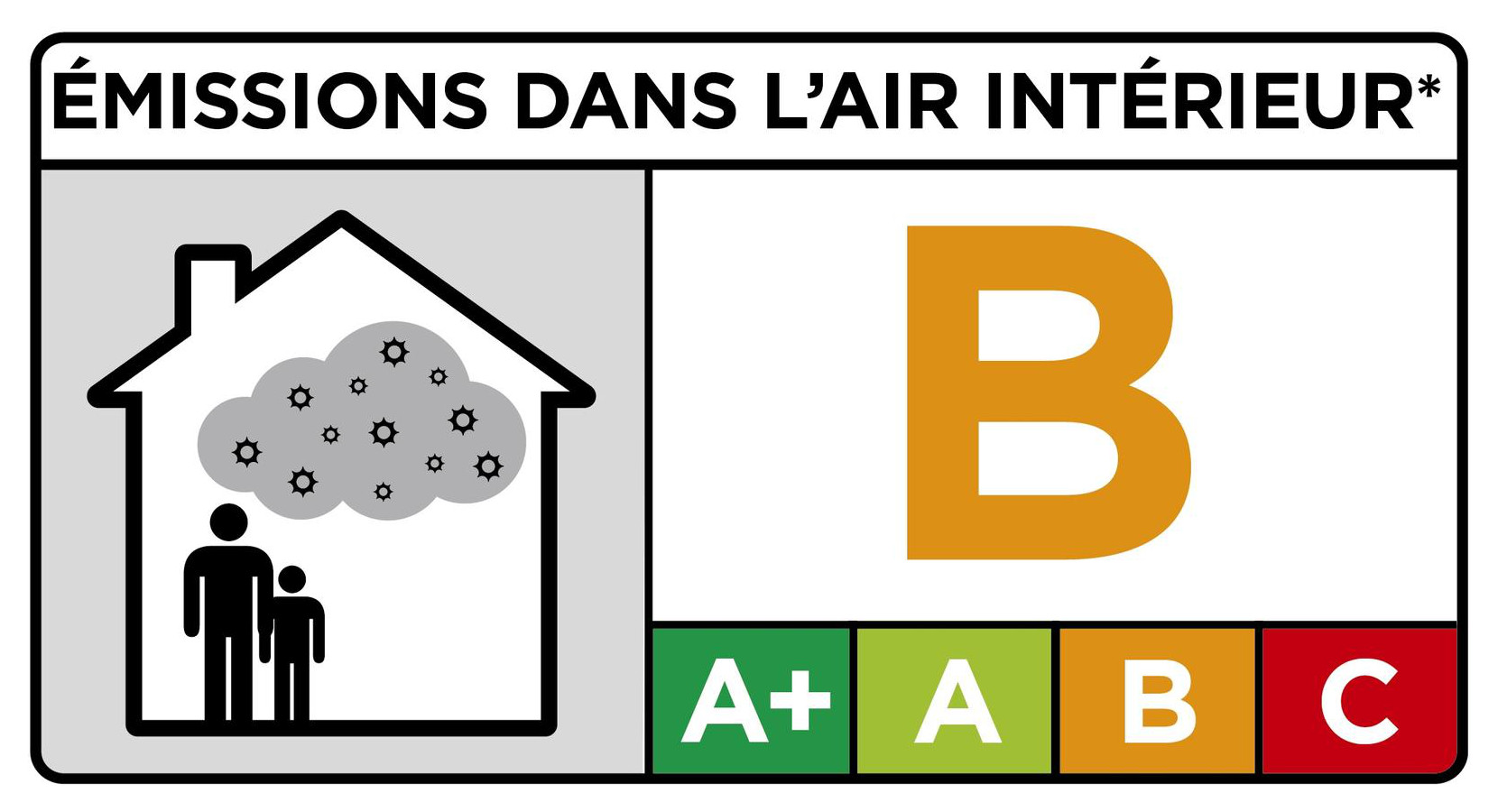
|
||||||||||||||||||||||||||||||||||||||||||||||||||||||||||||||||
Product 1:
Although most of the contaminants present in this product are class A+, it emits formaldehyde at more than 120 μg/m3, so it is classified as C. The classification given to the product is the lowest of all its contaminant components, so it is class C.
Product 2:
The lowest class of all the contaminants is category B (for the dichlorobenzene). So the product class is B.
